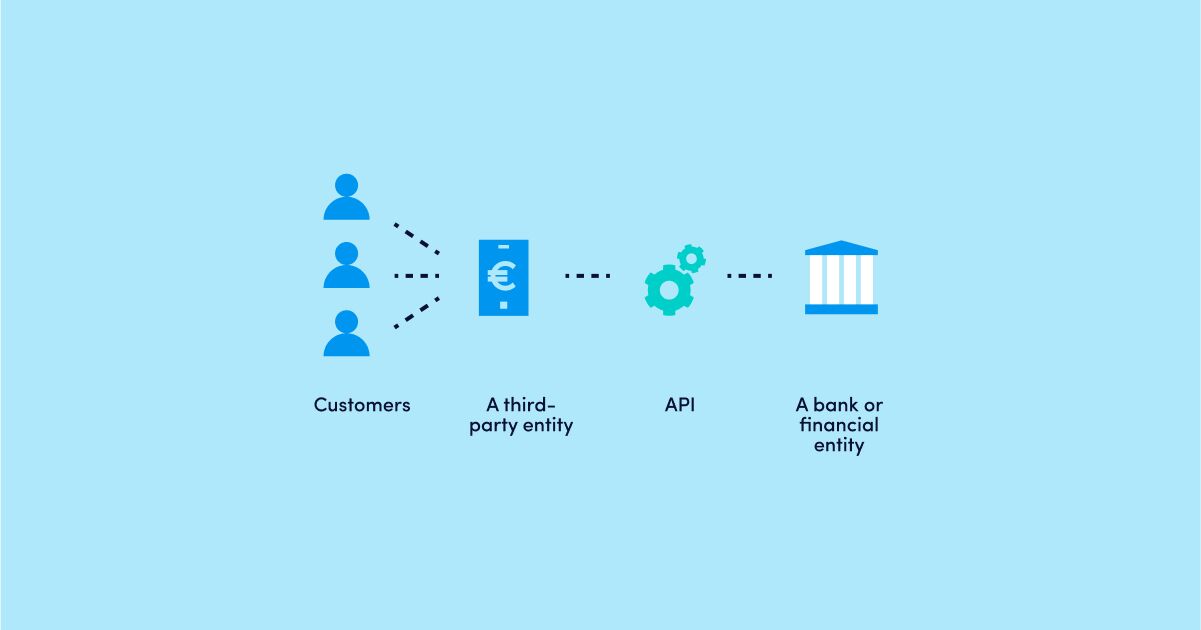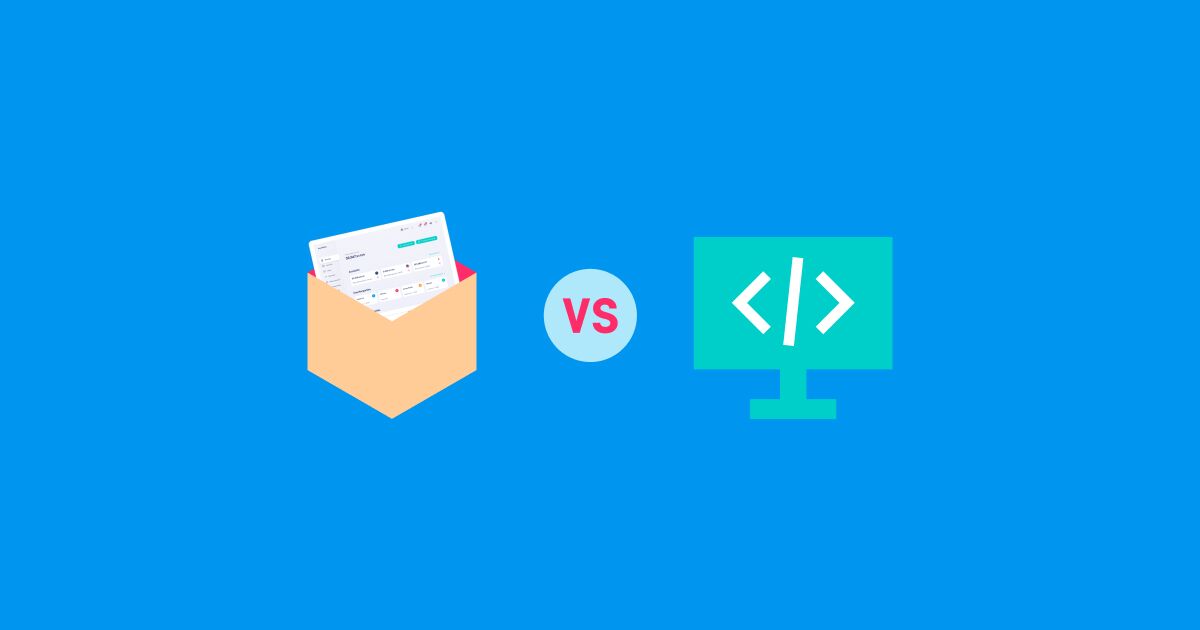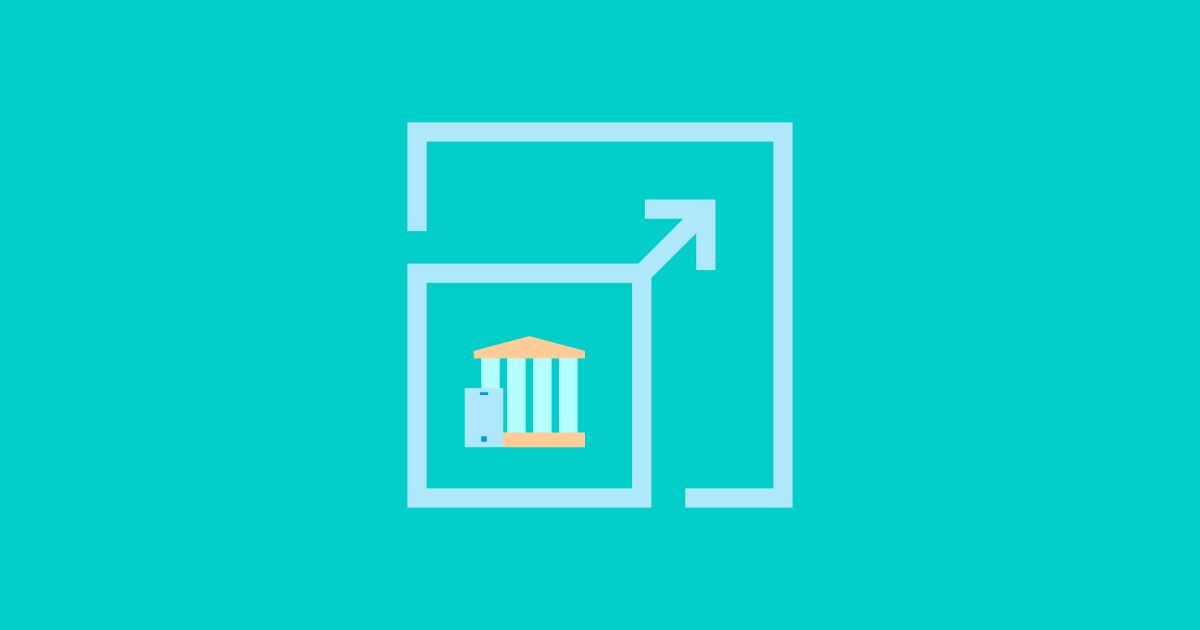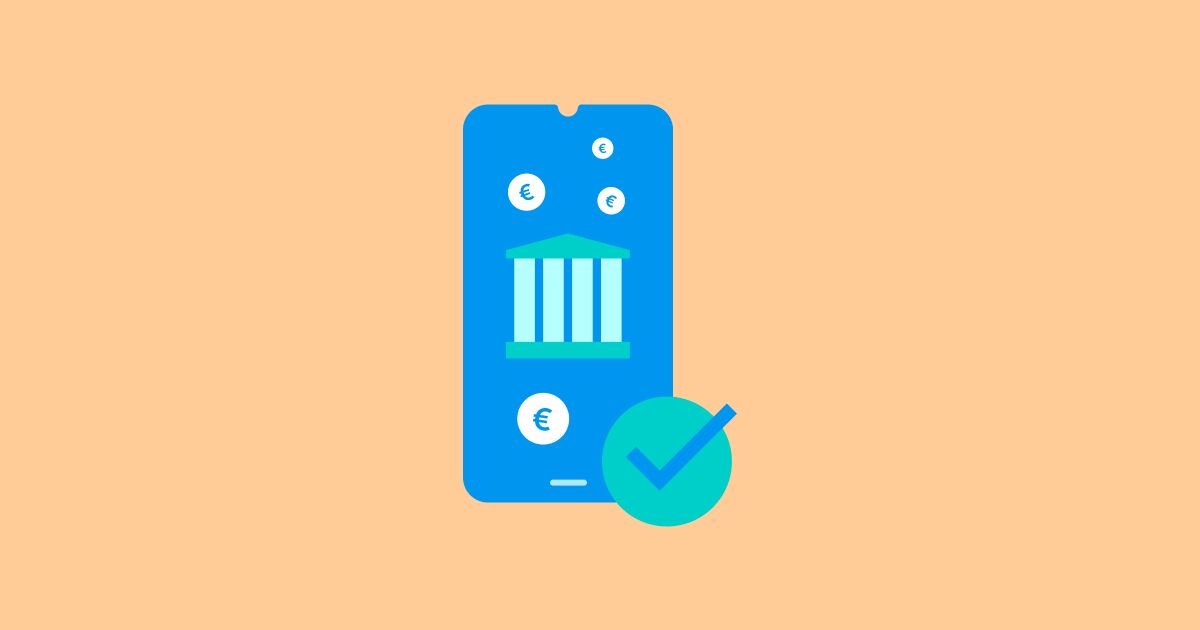Europe continues to pursue the goal of a single payment market, making it more dynamic and cost-efficient. The biggest settlement and clearing systems for payment processing in the European market are SEPA, TARGET2 and EBICS.
What is SEPA
The Single Euro Payments Area (SEPA) is a payment-integration initiative of the European Union for simplification of bank transfers denominated in euro.
Countries covered by SEPA
SEPA covers the whole of the EU. Other countries and territories which are part of the geographical scope of the SEPA schemes are: Andorra, Iceland, Norway, Switzerland, Liechtenstein, Monaco, San Marino, United Kingdom, Vatican City State, Mayotte, Saint-Pierre-et Miquelon, Guernsey, Jersey and Isle of Man.
SEPA is managed
SEPA settlement and clearing system is managed by the European Commission and the European Central Bank (ECB) on a collaborative basis, through the European Payments Council. The council is chaired by the European Central Bank, which together with representatives from government and consumer groups, works to govern the board and steer its agenda.
Advantages of SEPA
- A single market for payment services.
- Simplified payments handling
- Reduced processing costs, thanks to the introduction of common standards.
- Reduced bank charges by creating greater competition between players within the zone.
- Reduced processing times
SEPA schemes
SEPA provides different functionalities, which are divided into separate payment schemes.
SEPA Credit Transfer (SCT)
A SEPA Credit Transfer (SCT) allows the transfer of funds from one bank account to another. It is a non-urgent euro payment debiting a euro account and crediting another euro account in the SEPA zone. The SEPA Credit Transfer (SCT) is an inter-bank payment scheme and a uniform set of standards, rules and conditions that ensures customers can make electronic payments to any customer located anywhere in the SEPA zone using a single bank account (IBAN).
SEPA Instant Credit Transfer
A SEPA Instant Credit Transfer (SCT Inst), also called SEPA Instant Payment, provides instant crediting of a payee with the delay less than ten seconds, initially, with a maximum of twenty seconds in exceptional circumstances.
SEPA Direct Debit
A SEPA Direct Debit (SDD) scheme allows both domestic and cross-border collections to be made in Euro throughout the current SEPA countries. Consumers are able to pay for goods or services throughout Europe via direct debit as easily, securely and efficiently as they do at home. SEPA Direct Debits are automated SEPA transactions meaning that consumers avoid the risk of missing a payment deadline and of being charged additional fees for late payments, or suffering from an interruption of service.
TARGET2
TARGET2 is the leading European settlement and clearing platform for processing large-value payments and is used by both central banks and commercial banks to process payments in euro in real time. Central banks and commercial banks can submit payment orders in euro to TARGET2, where they are processed and settled in central bank money, i.e. money held in an account with a central bank.
TARGET2 participants
TARGET2 participants are EU central banks and their national communities of commercial banks. More than 1,700 banks use TARGET2 to initiate transactions in euro, either on their own behalf or on behalf of their customers. Taking into account branches and subsidiaries, more than 55,000 banks worldwide (and all their customers) can be reached via TARGET2.
Countries covered by TARGET2
TARGET2 is used to carry out monetary policy operations in the euro area. The central banks of EU Member States which have not yet adopted the euro also have the option to participate in TARGET2 and settle transactions in euro via the platform.
TARGET2 is managed
TARGET2 is the real-time gross settlement (RTGS) system owned and operated by the Eurosystem.
Advantages of TARGET2
The availability and cost of liquidity are two crucial issues for the smooth processing of payments in RTGS (real-time gross settlement) systems. TARGET2 has a range of features allowing efficient liquidity management, including payment priorities, timed transactions, liquidity reservation facilities, limits, liquidity pooling and optimisation procedures.
EBICS
EBICS stands for Electronic Banking Internet Communication Standard. It is a standard for electronic data interchange between corporates and banks.
Countries covered by EBICS
France, Germany, Austria, and Switzerland
TARGET2 is managed by
It is maintained and promoted by EBICS SCRL.
Advantages of TARGET2
- Access to the EBICS protocol is free. EBICS – is an open standard: corporate customers can use standard (i.e. open source) or customised software
- Transmissions are carried out over the internet in a secure form
- Compatible with ISO 20022 formats, including SEPA
- A common standard for all banks and customers
- State-of-the-art-technology, international standards like XML, https, TLS, ZIP
- Single access for all business transactions, i.e. direct debits and credit transfers, account statements, cash management, securities and many others
- Location- and time-independent authorisation of submitted orders
Advapay is a technology company providing the Digital Core Banking platform to empower fintech clients or digital banks to start their businesses and accelerate digital transformation. The platform delivers all essential functionalities, a front-to-back system and a set of tools to customise and bring new integrations. With Advapay, potential and existing customers can connect either to the cloud-based SaaS or on-premise software. Besides the technical infrastructure, the company provides business advisory and fintech licensing services. Interested to learn more, please drop us a message.








